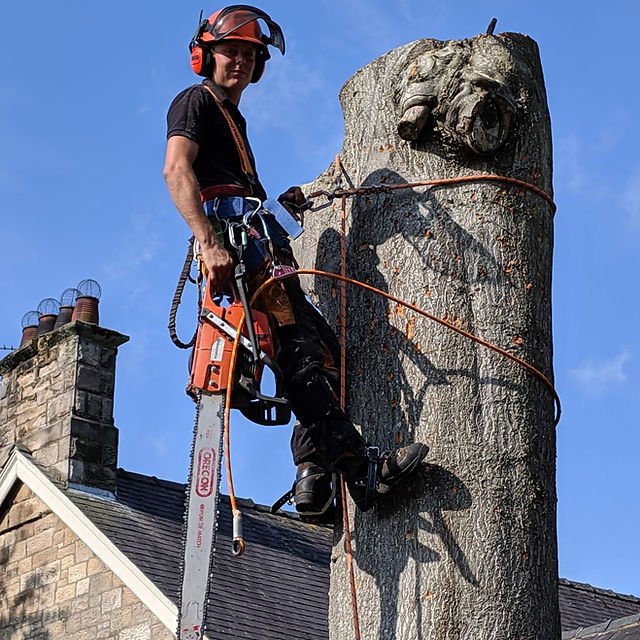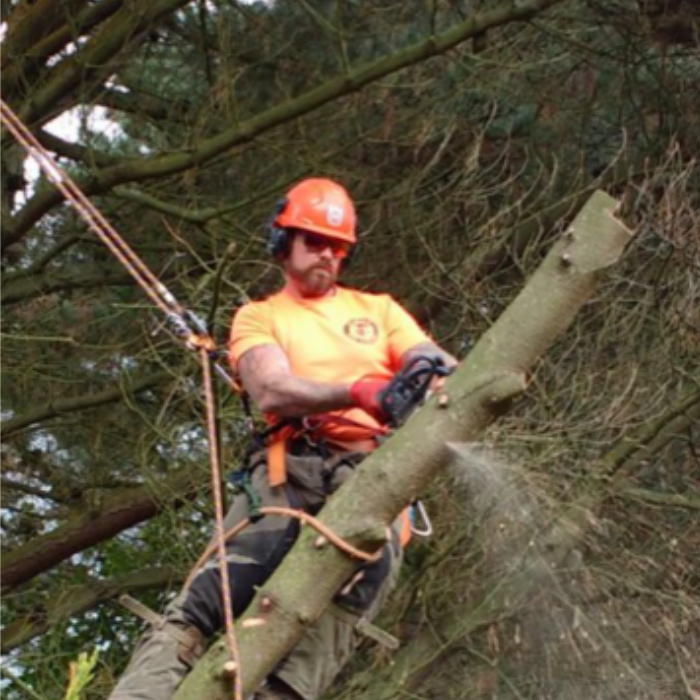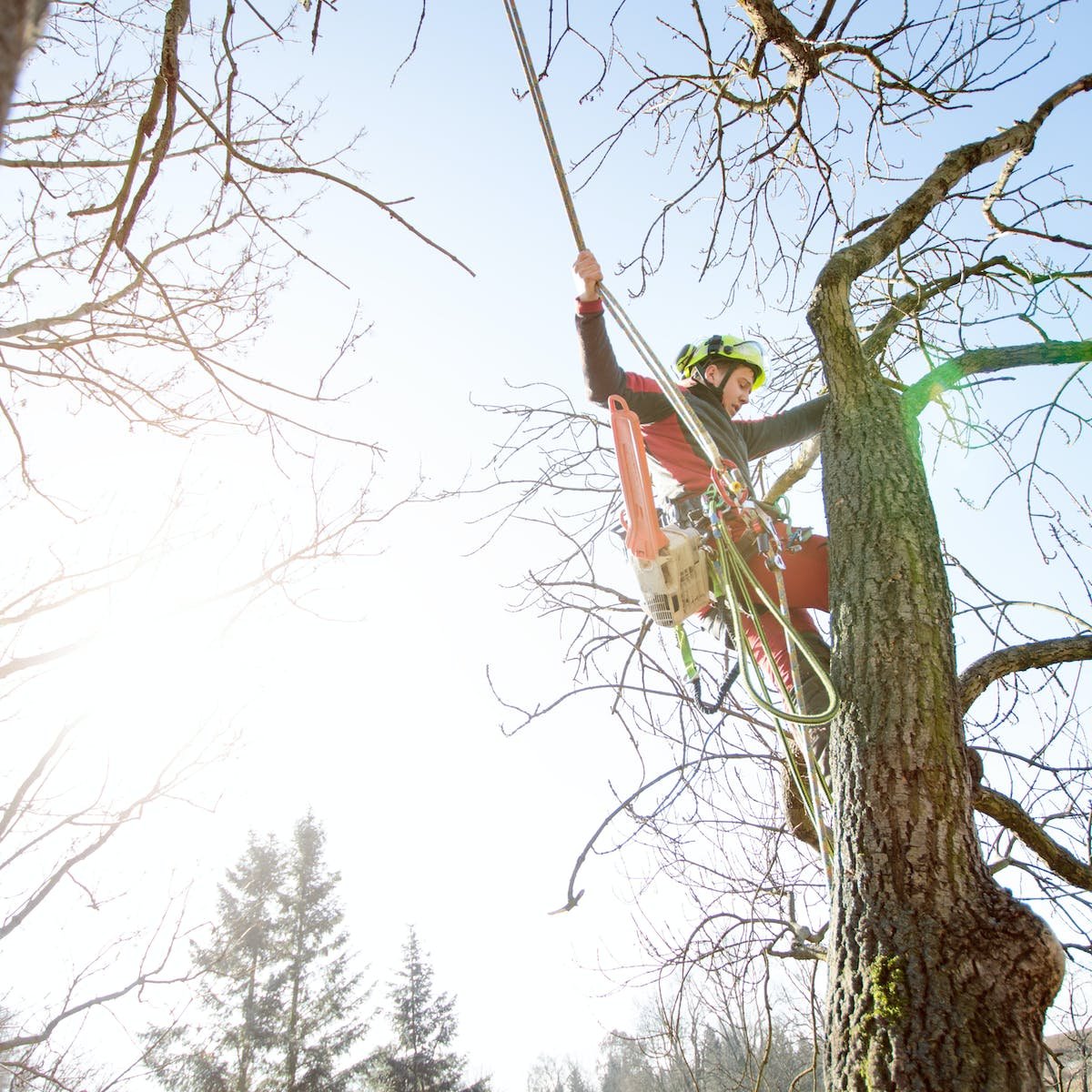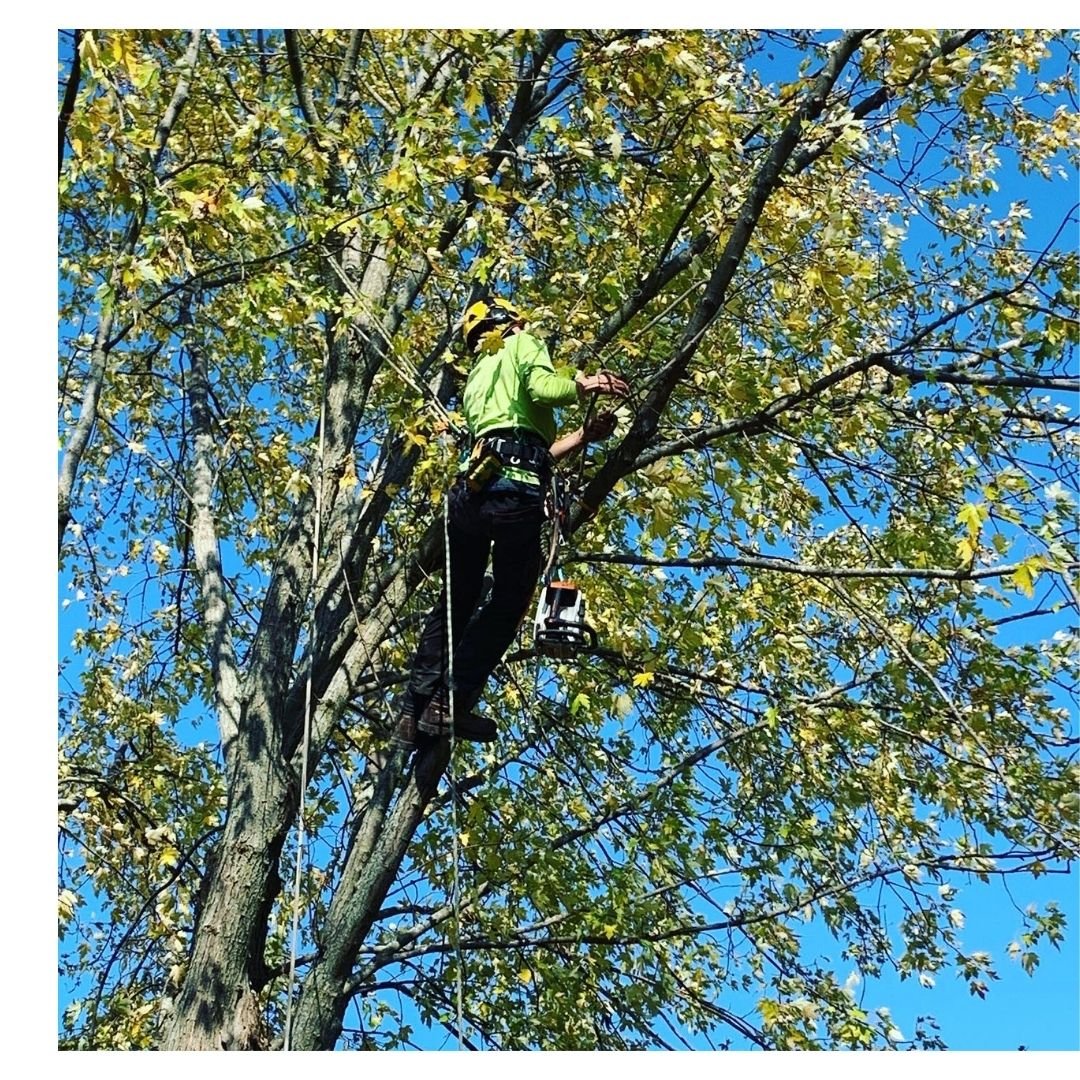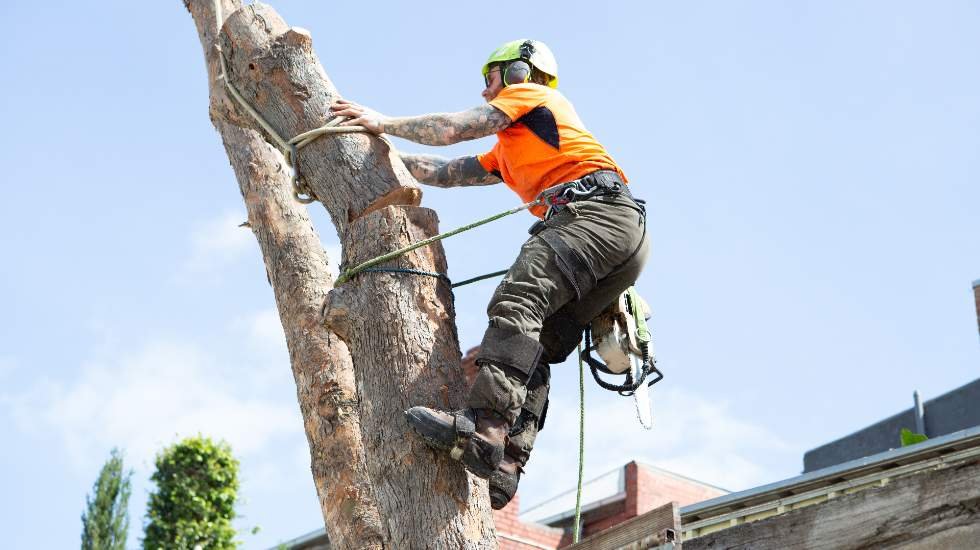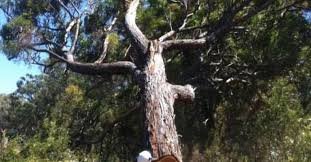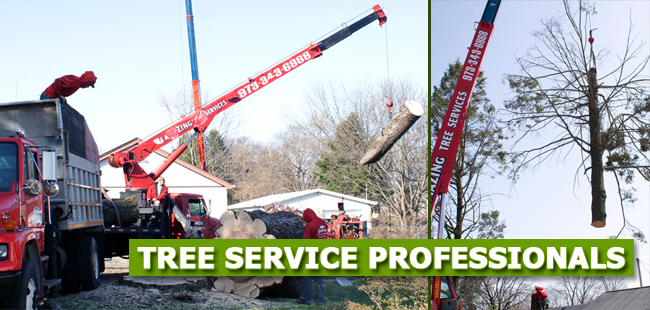Trees are not merely ornamental elements in our landscapes; they serve as essential contributors to the aesthetic appeal while simultaneously playing a pivotal role in preserving ecological equilibrium. Nevertheless, instances arise when the health or structural integrity of a tree is compromised, compelling the need for its removal in the interest of safety and environmental preservation. Within this article, we will delve into a spectrum of indicators suggesting that your tree might require removal, empowering you to make well-informed decisions concerning the health of the trees in your vicinity.

Visible Signs of Decline
A conspicuously evident sign that a tree might necessitate removal is a noticeable deterioration in its overall health. Look for symptoms such as wilting leaves, dead branches, or a general lack of vitality. Leaves exhibiting discoloration, distortion, or premature shedding may serve as indicators of underlying issues, including potential diseases or infestations by pests.
Decay and Rot
Inspect the trunk and major branches for signs of decay and rot. Soft or crumbly wood, the presence of fungus (such as mushrooms) on the trunk, or a hollow sound when you tap on the tree can all be indicators of internal decay. Decay compromises the structural integrity of the tree, making it a potential hazard, especially during storms or high winds.
Cankers and Lesions
Cankers and lesions on a tree’s bark are often signs of infection or disease. If you notice oozing sap, discolored areas, or sunken spots on the bark, it may indicate the presence of pathogens. Certain diseases can rapidly spread, posing a dual threat by jeopardizing the health of the affected tree and potentially endangering neighboring trees of the same species.
Invasive Pests
The invasion of harmful pests can have a devastating impact on tree health. Keep an eye out for signs of pest infestation, such as unusual holes in the bark, sawdust-like material at the base of the tree (indicating wood-boring insects), or the presence of pests like bagworms or scale insects. If left unchecked, these pests can weaken the tree and lead to its demise.
Leaning or Unstable Structure
An obvious sign that a tree might be unsafe is a noticeable lean or shift in its structure. This can be caused by various factors, including root issues, soil instability, or wind damage. A leaning tree, especially if it leans toward structures or high-traffic areas, poses a significant risk and should be assessed by a professional arborist.
Cracks and Splits
Inspect the trunk and branches for any visible cracks or splits. These can result from stress, severe weather conditions, or internal issues within the tree. Cracks weaken the tree’s structure and can lead to branch failure or the tree splitting apart during adverse weather events.
Proximity to Structures
Consider the proximity of the tree to structures like homes, garages, or power lines. If a tree has grown too close to buildings or utility lines, it may pose a potential hazard during storms or if its branches begin to decay and fall. In such cases, removal may be necessary to prevent damage to property or injury to people.
Root Issues
Complications within a tree’s root system can exert a profound influence on both its stability and overall health. If you notice heaving soil around the base of the tree, visible root decay, or signs of girdling roots (roots that encircle the trunk), it may be an indication that the tree’s root system is compromised. Root issues can affect a tree’s ability to take up water and nutrients, leading to decline.
Multiple Trunks
Some trees naturally have multiple trunks, but if these trunks have weak unions or include bark (bark that is sandwiched between two branches), it can lead to structural instability. Trees with weak unions are prone to splitting apart, especially during storms or heavy winds.
Recognizing the signs that indicate a tree needs removal is crucial for ensuring the safety of your property and those around you. Conducting routine tree inspections by a certified arborist proves invaluable in detecting potential issues at an early stage, facilitating well-informed decisions on whether to address the problem or proceed with the tree’s removal. Proactively monitoring the health and structural stability of your trees not only enhances the overall well-being of your landscape but also plays a pivotal role in ensuring the safety of your environment.


